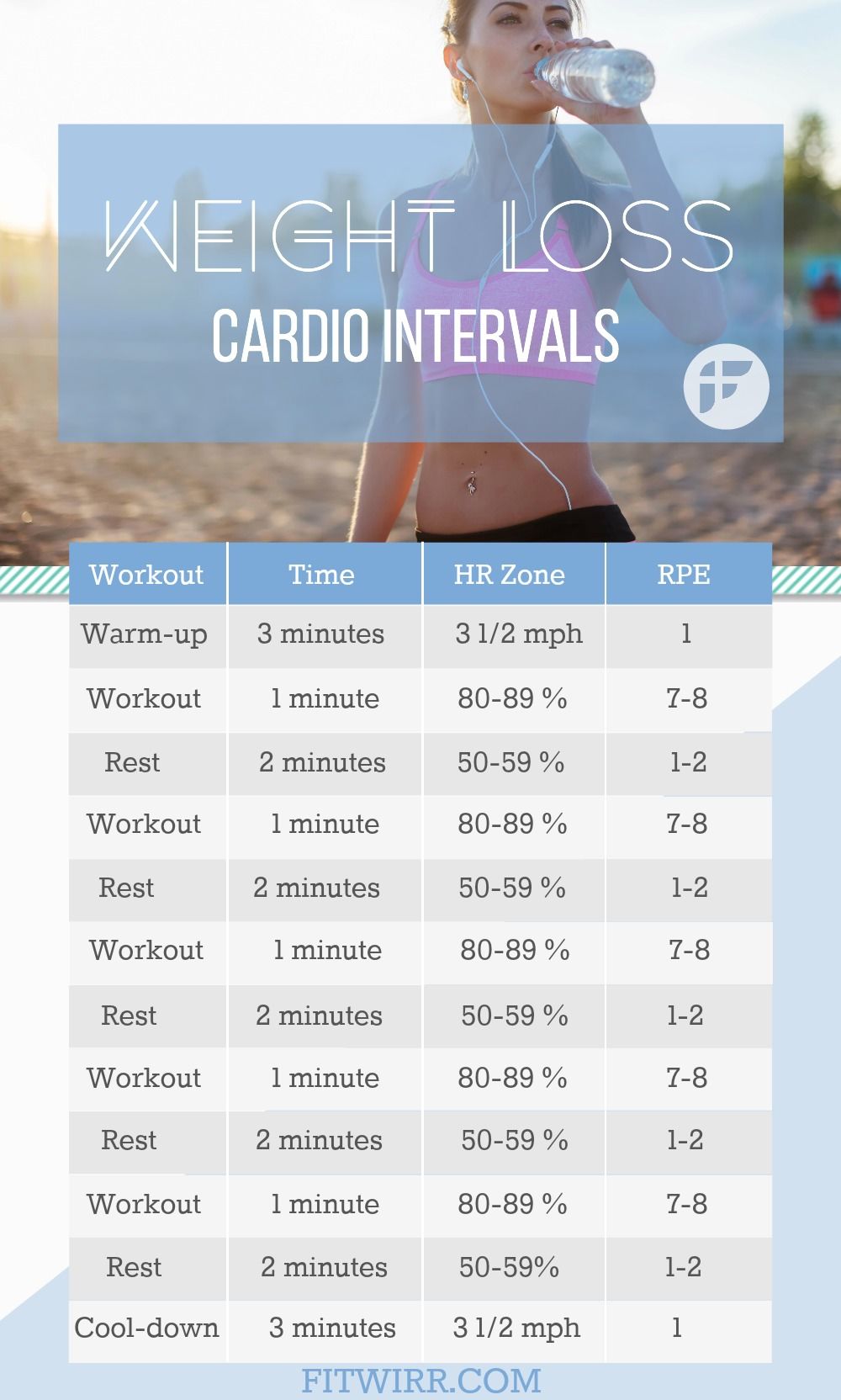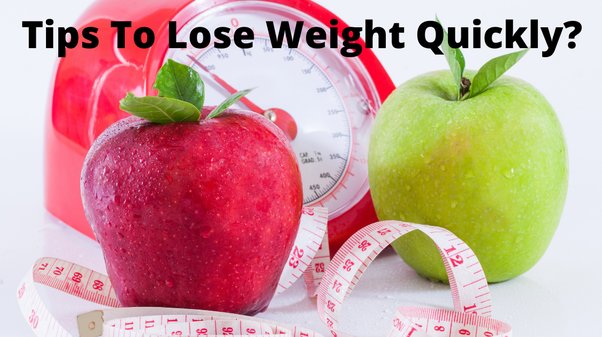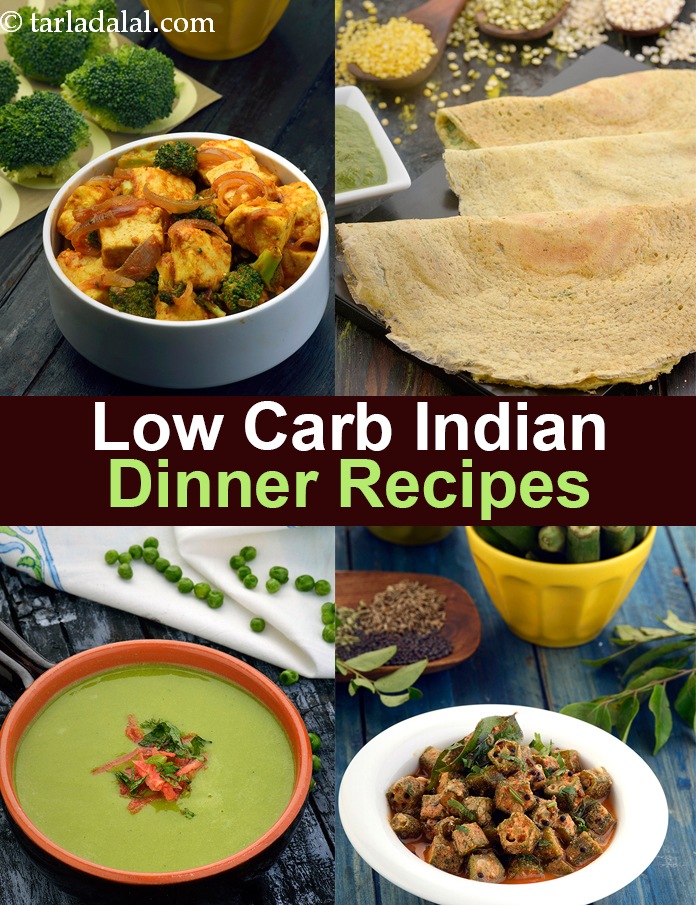
There are several different types of cardio for weight loss, but cycling is perhaps the most versatile. It doesn't matter if you are looking for a cardio workout that is high-intensity, or low-intensity, cycling can be done outside and it is easy to adapt to all fitness levels. Cycling is easy and portable and can also be fun for exploring new places. These are some of the most well-known types of cycling.
Cardio with high intensity
The results from this study show that high intensity cardio works as well to lose weight than traditional cardiovascular exercises. In addition, high-intensity interval training is more fun than conventional cardio workouts and can be just as effective at burning fat and reshaping the body. Interval training with high intensity can help you lose stubborn belly fat. This is how you can use this type if exercise.

Low intensity cardio
It's possible that you don't know where to begin with low-intensity cardio if you are new to aerobics. Start by setting a 10,000-step daily goal, then gradually increasing the intensity of your low intensity workouts. After you get used to the routine, you will be able to move onto higher-intensity exercises. But, before you decide whether low-intensity workouts are right for you, it's important to determine how much your body can handle.
HIIT
You need to do HIIT cardio in order to lose weight. This requires a work out plan that includes short intense intervals. These intervals should be between 30 seconds and 1 minute in length. These intervals are easy to do anywhere and can be broken up throughout the day. You can achieve success by doing these workouts daily and incorporating them into your everyday routine. This will allow you to burn fat effectively without the need for injury or excessive training. HIIT is a great option for anyone looking to quickly lose weight.
Cycling
To get started, it is important to slow down and increase your cycling speed. Your cycling time should be increased gradually from 10 to 15, each session, until you can cycle 150 minutes a week. Cross-training allows you to add other activities to your workout, such as running or swimming, if that is not something you like. You can mix and match these activities for a variety cardio- and strength-training benefits.
Jumping rope
Jumping rope is a great cardio exercise for weight loss. It can increase heart rate and help you burn between nine and fifteen calories per hour. This cardio exercise targets all major muscle groups in your body, including quads and triceps. This type of exercise can also be done with a portable jumprope.

Rowing
Rowing is a great exercise for general fitness and weight loss. This low-impact activity lasts anywhere from 25 to an entire hour. The length of the workout is dependent on the level of fitness of the rower. The intensity level can range from low to moderate, depending on the rower and the distance the rower is traveling. To maximize weight loss potential, rowers should aim for a heart rate in the UT1 zone, which is 75-80 percent of their maximum heart rate. Ideally, rowers should be able to talk and hear themselves breathe during the workout. To shed unwanted fat, one can combine sprints with circuit-style mat work.
FAQ
Is there any difference between intermittent fasting and calorie restriction?
Calorie restriction is when you eat less than your body needs. Intermittent fasting differs from other types of intermittent fasting in that it does not restrict calories. It focuses on eating fewer calories during the day.
Intermittent fasting allows you to indulge in foods that you love while feeling guilt-free.
However, both methods have their pros and cons. Therefore, you need to decide whether you prefer one method over another.
Can cardio exercises help me lose weight quickly?
Cardio exercises can be great for burning calories but not necessarily helping you lose weight. It all depends on how much weight you have and what type of exercise you do.
Cardio exercises might not be enough to lose excess weight if your body is overweight.
They should be combined with other types of exercise and dieting.
You can lose weight by running or jogging. These types of exercises burn more calories per hour than any other exercise.
However, resistance training is required if you wish to build muscles and not lose weight. Resistance training requires the use of free weights and machines as well as elastic bands.
Combining cardio exercise with resistance training is a great way to lose weight quickly.
You need to combine cardio and resistance training in order to lose weight quickly.
How can busy people lose weight
Losing weight is as easy as eating less and working out more.
Weight gain is possible if you eat a lot of food. You will gain weight if exercise isn't enough. You can start losing weight if you combine these simple habits.
How can you lose weight?
People who desire to look great are most interested in losing weight. People want to be healthier and live longer. This is why they are so motivated to lose weight. There are many ways to lose weight, and there are different types of exercises. Some of them include cardio training, strength training, yoga, pilates, running, swimming, cycling, etc. Each exercise has its advantages and disadvantages. Walking is the best way to lose calories. However, if you want to build muscle mass, then lifting weights would be the best choice. In this article we will discuss the best exercises to use to lose weight.
What kind of diet plan should you follow when trying to lose weight? Not necessarily that you need to eat less. Rather, you should eat fewer processed food and avoid junk foods. Aim to consume no less than 2200 calories each day. To lose weight quickly, you need to reduce your calorie intake. This will help you lose weight faster.
Exercise is a great way to lose weight quickly. Exercise is a great way to burn calories and increase your metabolism. You must combine exercise and a healthy diet to lose weight. When you exercise, you use up energy, and therefore you won't be able to eat as much. Your body will begin to burn fat quicker if you train regularly. Regular workouts are a way to stay healthy. They help you stay active and prevent diseases such heart disease, diabetes, obesity, hypertension, among others.
Walking is a great way to exercise. Walking burns around 500 calories per hour. Walking for 30 minutes a day will help you burn approximately 1500 calories. Thus, each week you'll lose 1 pound of body fat. Jogging or running for 10 minutes is also possible. Running burns around 1000 calories per hour. For a goal of losing 5 pounds in 3 week's time, you should run for 20 mins three times a week.
It is important to combine healthy eating habits with exercise to lose weight. Find a balance between the two.
How to Make an Exercise Plan?
First, create a routine. It is important to plan what you will do each morning and how much time you will be doing it. This helps you plan ahead, and it will also help you avoid procrastination.
The second thing is to ensure that you have plenty of variety in your workout. You don't want your exercise to be monotonous.
Keep track of your progress. It's important to see how much weight you have lost or gained over time.
If you start off by losing weight, it's easy to lose motivation if you don't gain any additional weight. You may find it difficult to stay motivated if your weight increases.
So, try to find a balance between gaining weight and losing weight. You'll find it harder to exercise if you don't like where you are at the moment.
How long do I need to fast for weight loss?
The answer isn't as easy as it seems. It is important to take into account a number of factors when deciding the optimal days for fat loss. These are:
-
Your age. If you are younger than 40, intermittent fasting might be too difficult because you have less time for recovery after each fast. However, intermittent fasting may be too difficult for older people (over 60) who might not have the energy to continue a long period of daily fasting.
-
Your current body composition. Your current body composition. If you have a lot more muscle mass than you need, then you will likely be more successful with longer fasting periods. You may find shorter fasting more beneficial if your muscle mass is low.
-
How physically active. Exercise regularly and you may need to extend the fasting window in order to get enough sleep between workouts.
-
Your medical history. Additional fasting monitoring may be required for certain medical conditions such as diabetes or heart disease.
-
What is your tolerance for stress? Stress can often lead to us eating more. This problem can be avoided by increasing the length of your fasting periods.
-
What type of diet do you follow? Certain diets, like ketogenic diets, may require even longer fasting periods.
-
Your quality of sleep. Insufficient sleep has been associated with decreased metabolism and increased appetite. It might take some time to find what works best for your needs.
-
How much protein you eat. A higher intake of protein may result in lower blood sugar levels. This would allow you be more consistent in your fasting.
-
Individuals who are trying lose or gain weight will require longer fasting times than those who are trying.
-
What percentage of calories do you consume during your fasting window? Fasting for fewer calories per days may lead to greater fat loss than fasting with more calories.
-
Your overall fitness level. People who are fit and fast burn more calories per day.
-
Your gender. Women tend to have a greater appetite than men, so they might need to fast for longer periods. Women generally have smaller appetites, so they may only need to fast for about 20-30 minutes every morning.
-
Your lifestyle. Are you someone who is active? Do you workout several times each week? Do you work at a desk all day? These factors can impact how fast you should be moving.
-
How much do you spend per month on food? You don't have to spend much on groceries to eat healthy food. It's possible to save money by purchasing whole grains rather than white bread, fruit instead of candy bars, lean meats instead fatty cuts, and fruits instead of candy.
-
How important it is for you to control your hunger. You might not have to fast as much if your hunger isn't a problem.
What foods help me lose weight faster?
Consuming fewer calories is a great way to lose weight quickly. This can be done in two ways:
-
Reduce the calories you eat each day.
-
Through physical activity, you can increase the amount of calories that you burn.
It is not easy to reduce the calories you consume. After all, we're bombarded with calorie-laden fast food options everywhere we turn. Here's how to lose those extra pounds.
-
Beans contain high levels of fiber and protein. They have very little fat making them a great option for dieters trying to reduce their caloric intake.
-
Oatmeal, while low in calories, is high in nutrients like potassium and magnesium. Oatmeal is lower in sugar than other cereals.
-
Eggs are full of cholesterol and protein. Eaten eggs one or two times a week can help boost metabolism and allow you to burn more calories.
-
Whole grain bread is known to decrease hunger pangs and make you feel fuller for longer periods of time.
-
Dark chocolate contains antioxidants and flavonoids that have been linked both to better cardiovascular health and lower blood pressure.
-
Cottage cheese is full of calcium, which helps build strong bones. Cottage cheese is also a good source for vitamin D which helps boost immunity.
-
Omega-3 fatty acids are abundant in salmon, which can promote brain development and improve cardiovascular function.
-
Green tea is chock-full of catechins, compounds that fight cancer and increase metabolism.
-
Broccoli is rich in folic Acid, which lowers homocysteine blood levels. High homocysteine levels have been associated with an increased risk of stroke and heart disease.
-
Yogurt is an excellent way to include probiotics in your diet without adding sugars. Probiotics are important for your digestive health.
-
Berries are delicious and nutritious snacks. All fruits, including blackberries, blueberries, raspberries, raspberries, cranberries and strawberries, are rich in vitamins and minerals.
-
Avocados are full of healthy fats. A half avocado has 80 calories but plenty of filling fiber.
-
Nuts are a delicious snack option and a great source protein. All kinds of nuts are great choices, including almonds.
-
Sweet potatoes are another starchy vegetables that are high in beta carotene. They make your skin glow. The orange sweet potato variety has a higher level of beta-carotene than regular sweet potato varieties.
Statistics
- One 6-month study showed that simply doing 11 minutes of strength-based exercises 3 times per week resulted in a 7.4% increase in metabolic rate, on average. (healthline.com)
- According to a study sponsored by the American Council on Exercise, a person weighing around 140 pounds (64 kg) would burn 108 calories at a 30-minute beginner's Pilates class or 168 calories at an advanced class of the same duration (26). (healthline.com)
- Another study found that 24 weeks of weight training led to a 9% increase in metabolic rate among men, which equated to burning approximately 140 more calories per day. (healthline.com)
- According to Harvard Health, it's estimated that a 155-pound (70-kg) person burns roughly 112 calories per 30 minutes of weight training (5). (healthline.com)
External Links
How To
How to Intermittent Fasting
Intermittent fasting, a type of dieting that allows you to only eat one time per week, generally Monday through Friday. The goal is to decrease your overall calories and still get adequate nutrition. It is believed that this will help you burn fat quicker than if the meals are regular for the whole week.
The most common form IF is to reduce calories on specific days. This would mean that you skip breakfast each morning, and then eat whatever food you like throughout the day. You could choose to eat three small meals per day rather than two big ones.
Many forms of intermittent fasting are available, such as alternate day fasting (5/2 fasts), 8/4 fasts and 16/8 fasts. There are pros and con's to every type of intermittent fasting. Alternate day fasting is the easiest way to start out because you don't have to make any major changes to your lifestyle. But, there are some people who find it hard to follow such a strict schedule. These people might prefer to try different methods.
I recommend alternate-day fasting if you're starting an intermittent fasting regimen. This will allow for gradual transition to more extreme fasting without having to change your lifestyle.